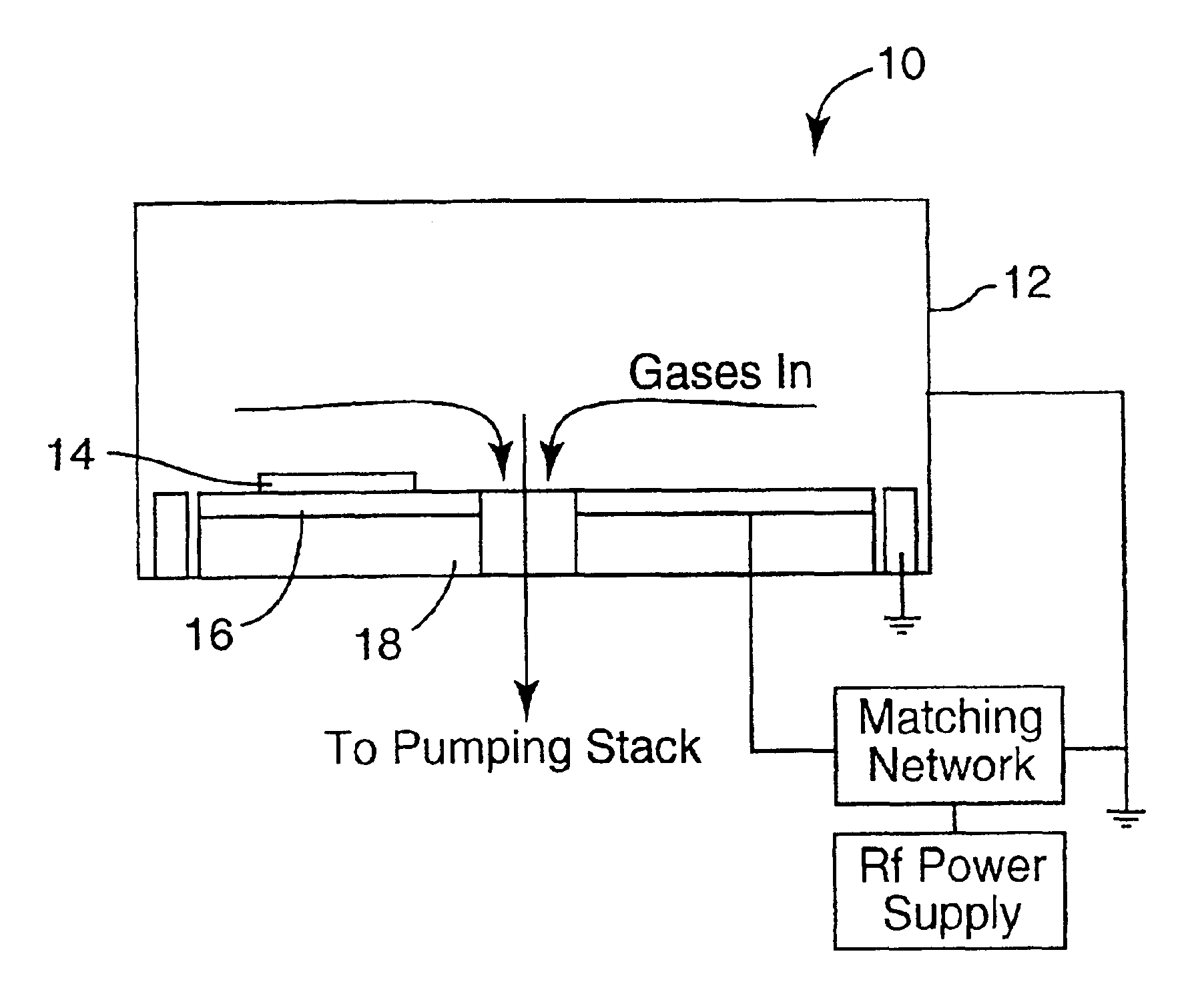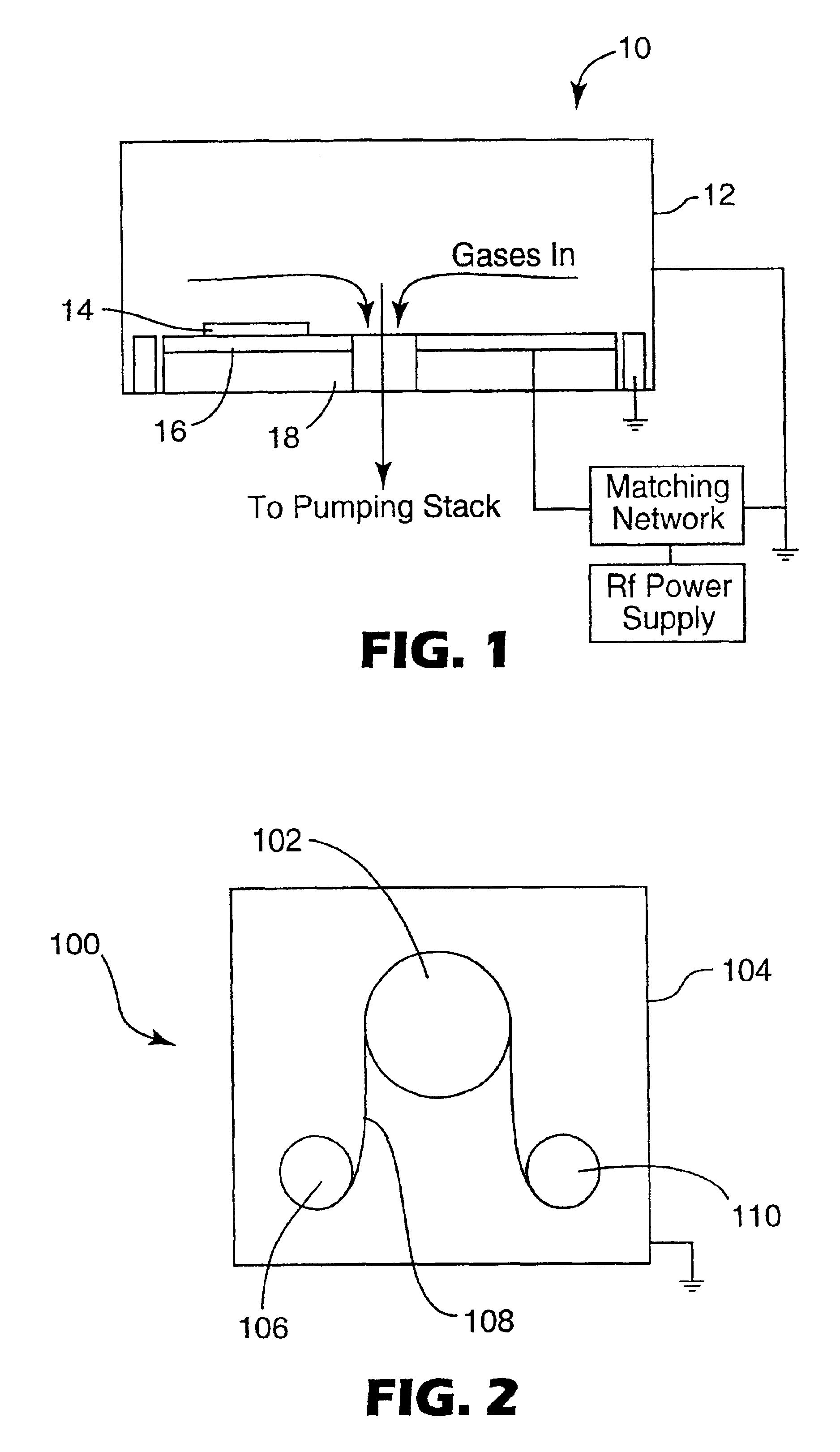Plasma treatment of porous materials
a technology of porous materials and treatment methods, applied in the field of treatment methods, can solve the problems of difficult to effectively treat the pore interiors of porous materials, and the hydrophilicity of porous articles is not suitable for the desired use, and achieve the effect of efficient treatment of articles
- Summary
- Abstract
- Description
- Claims
- Application Information
AI Technical Summary
Benefits of technology
Problems solved by technology
Method used
Image
Examples
example 1
and Comparative Examples 1 and 2 were tested for water soak. Example 1 exhibited good water wettability characteristics of water soaking through the membrane. It also had no visible thermal damage from the plasma treatment. In contrast, Comparative Examples 1 and 2 exhibited no soaking of water through the membrane.
Example 2
This example illustrates the effect of a water-wetting treatment on a second type of porous article.
example 2
xample 1 except the porous article was a polypropylene blown microfiber non-woven web with a basis weight of 40 grams / sq meter, a thickness of about 150 μm (6 mils) and an effective pore diameter of about 3.3 microns.
example 2 exhibited good
water wettability without any observed thermal damage. A drop of water readily soaked all the way through the article without leaving any traces of unabsorbed water on its surface.
PUM
| Property | Measurement | Unit |
|---|---|---|
| pore size | aaaaa | aaaaa |
| pore size | aaaaa | aaaaa |
| pore sizes | aaaaa | aaaaa |
Abstract
Description
Claims
Application Information
 Login to View More
Login to View More - R&D
- Intellectual Property
- Life Sciences
- Materials
- Tech Scout
- Unparalleled Data Quality
- Higher Quality Content
- 60% Fewer Hallucinations
Browse by: Latest US Patents, China's latest patents, Technical Efficacy Thesaurus, Application Domain, Technology Topic, Popular Technical Reports.
© 2025 PatSnap. All rights reserved.Legal|Privacy policy|Modern Slavery Act Transparency Statement|Sitemap|About US| Contact US: help@patsnap.com



